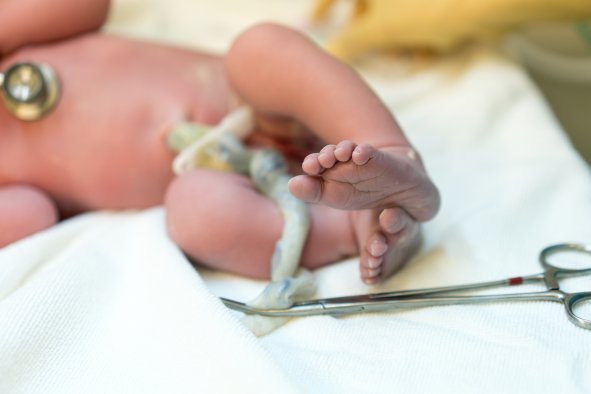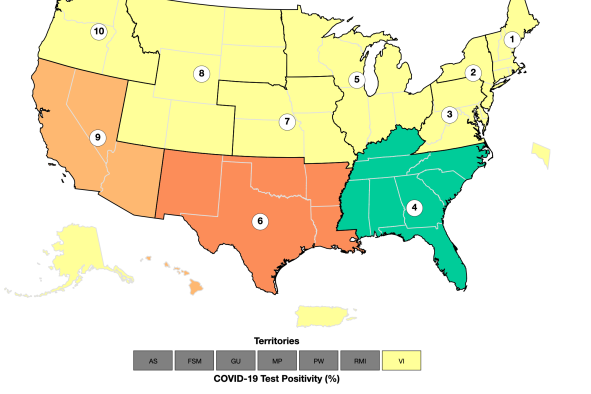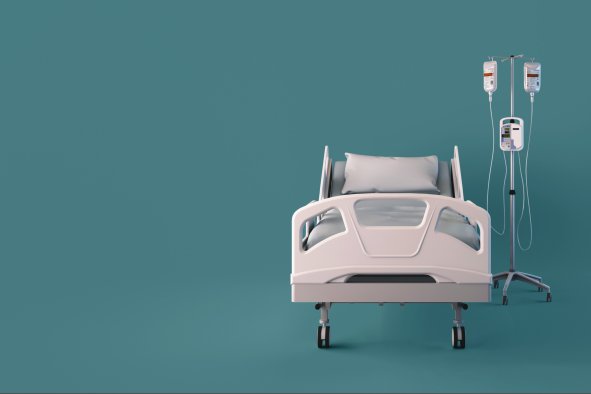The number of women in the U.S. attempting abortions without medical assistance has surged since the Supreme Court overturned federal abortion protections.
Researchers from the University of California discovered that the proportion of women who attempted to terminate a pregnancy independently, without medical assistance, rose from 2.4 percent before the implementation of new laws to 3.3 percent afterward.
In a nationally representative series of surveys with just over 7,000 respondents, women were found to have used various methods to terminate pregnancies on their own.
The most common method was ingesting a concoction of herbs and plants, followed by physical actions like punching themselves in the stomach and consuming alcohol and other substances.
Some also obtained FDA-recommended tablets like mifepristone and misoprostol, with the number of women using tablets without approval before and after the new laws growing by 4.4 percent and 2 percent respectively.
The most common reasons for self-administering an abortion were being early in the pregnancy and wanting privacy.
In addition, nearly 20 percent of participants cited the high cost of the clinic or a preference to try other methods before visiting a clinic as reasons. Some individuals were also concerned about encountering protesters at the clinic or needing parental consent.
Participants who experienced economic hardship during adolescence were also more likely to opt for self-managed abortions.
With the Supreme Court's decision in Dobbs v. Jackson Women's Health Organization in June 2022 overturning federal abortion protections, the landscape of abortion access in the U.S. has changed drastically.
By June 2024, 21 states had banned or severely restricted abortion access. Emerging evidence shows a surge in travel to states where abortion remains legally protected.
However, for those unable to travel, there has been an increase in unwanted births and self-managed abortions, where abortions occur outside the formal health care system.
After attempting an at-home termination, nearly 1 in 5 women reported complications such as bleeding and pain that required medical attention.
However, the study also found a decrease in the number of women seeking emergency care for these complications, dropping from 7.1 percent before the new abortion restrictions to 4.7 percent afterward.
While the research, published in JAMA Network Open, highlights a growing trend of U.S. women seeking abortions without medical intervention, the authors acknowledge several key limitations of the study.
Firstly, they believe the increase from 2.4 percent to 3.3 percent observed after new laws came into effect is likely a conservative estimate, given the underreporting of abortion in self-administered surveys.
The researchers also acknowledge that they asked participants to report on sensitive, stigmatized, and in some settings, criminalized behavior. Therefore, participants may be less likely to disclose their experience.
As barriers to facility-based abortion grow, the report warns that dangerous at-home abortions may increasingly become an individual's only or preferred option to end a pregnancy.
Do you have a tip on a science or health story that Newsweek should be covering?Do you have a question about abortion? Let us know via science@newsweek.com.
Disclaimer: The copyright of this article belongs to the original author. Reposting this article is solely for the purpose of information dissemination and does not constitute any investment advice. If there is any infringement, please contact us immediately. We will make corrections or deletions as necessary. Thank you.




